Conestoga College: Agriculture Subsidies Research Project Analysis
VerifiedAdded on 2022/11/03
|5
|741
|69
Report
AI Summary
This report analyzes the impact of government subsidies on agriculture, focusing on both the advantages and disadvantages of such policies. It begins with an introduction that explains the purpose of agricultural subsidies in stabilizing markets, aiding rural development, and assisting low-income farmers. The report then delves into the pros, including the reduction of agricultural imports, stabilization of infrastructure, provision of steady incomes to farmers, and effective management of food supply. The cons discussed involve increased government intervention, manipulation of market forces, and potential for product diversity issues due to subsidy eligibility. The analysis is supported by references to academic research, providing a balanced perspective on the economic and social implications of agricultural subsidies. The conclusion emphasizes the importance of these subsidies in improving farmers' quality of life and ensuring sufficient food production.
1 out of 5
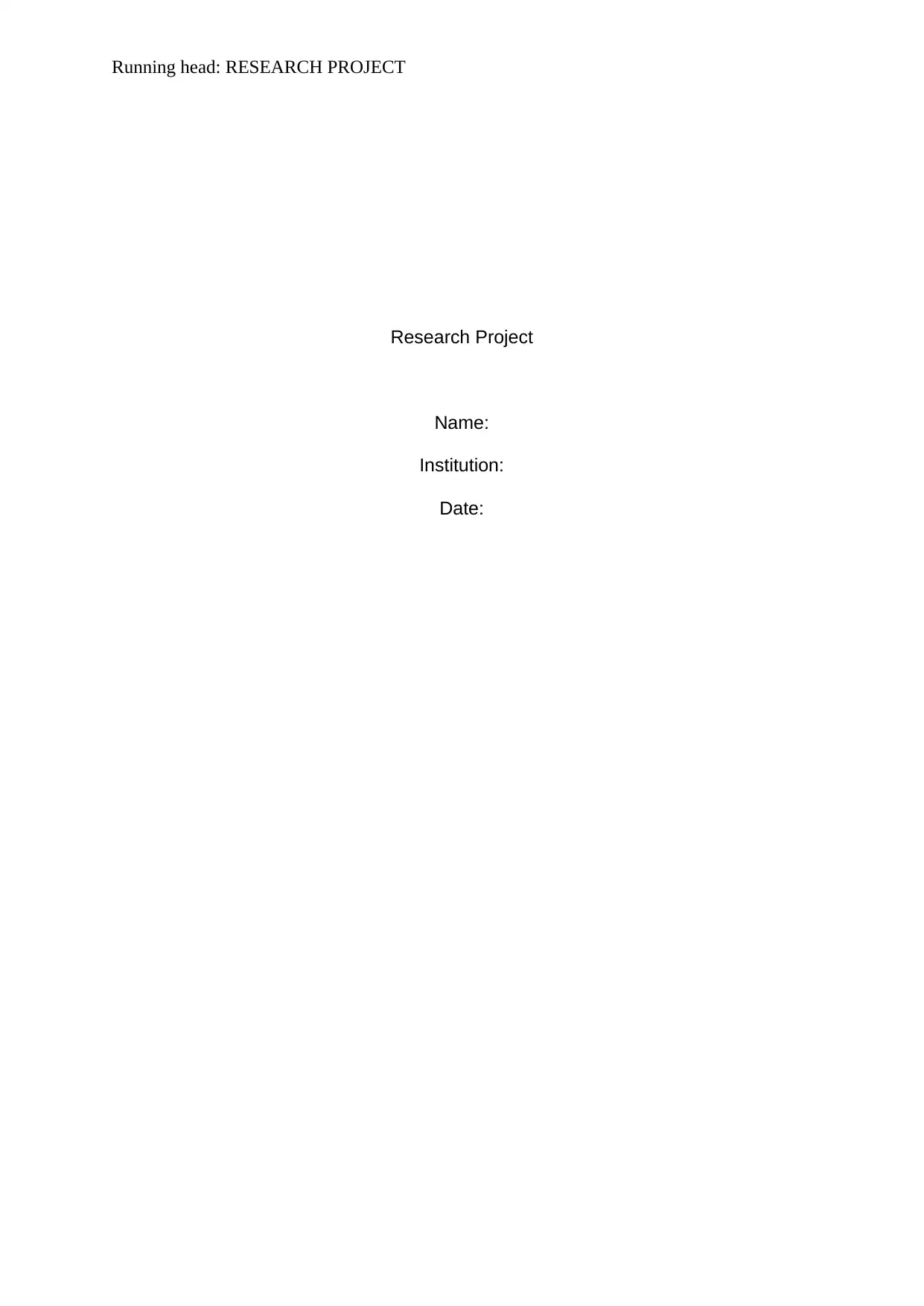
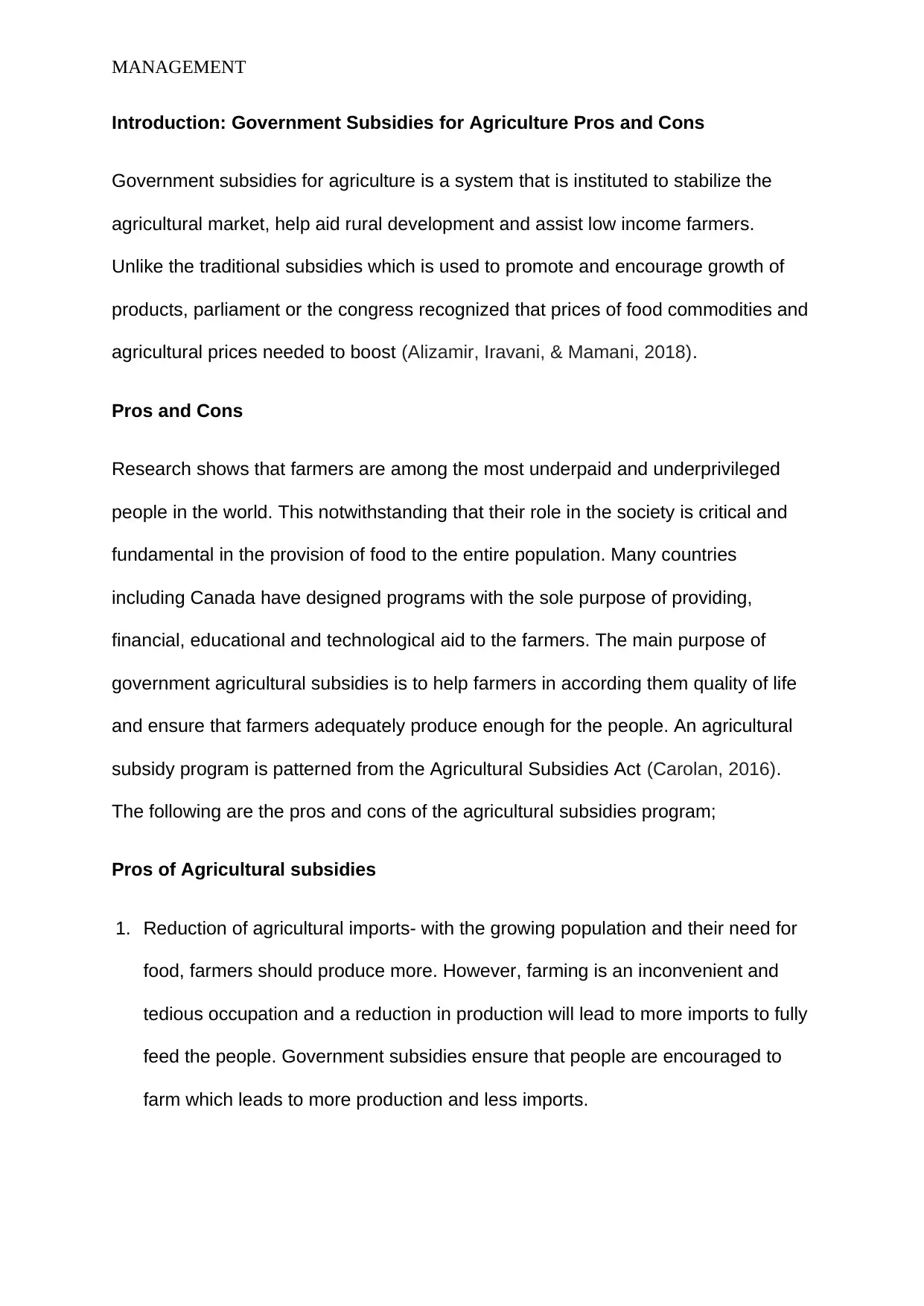
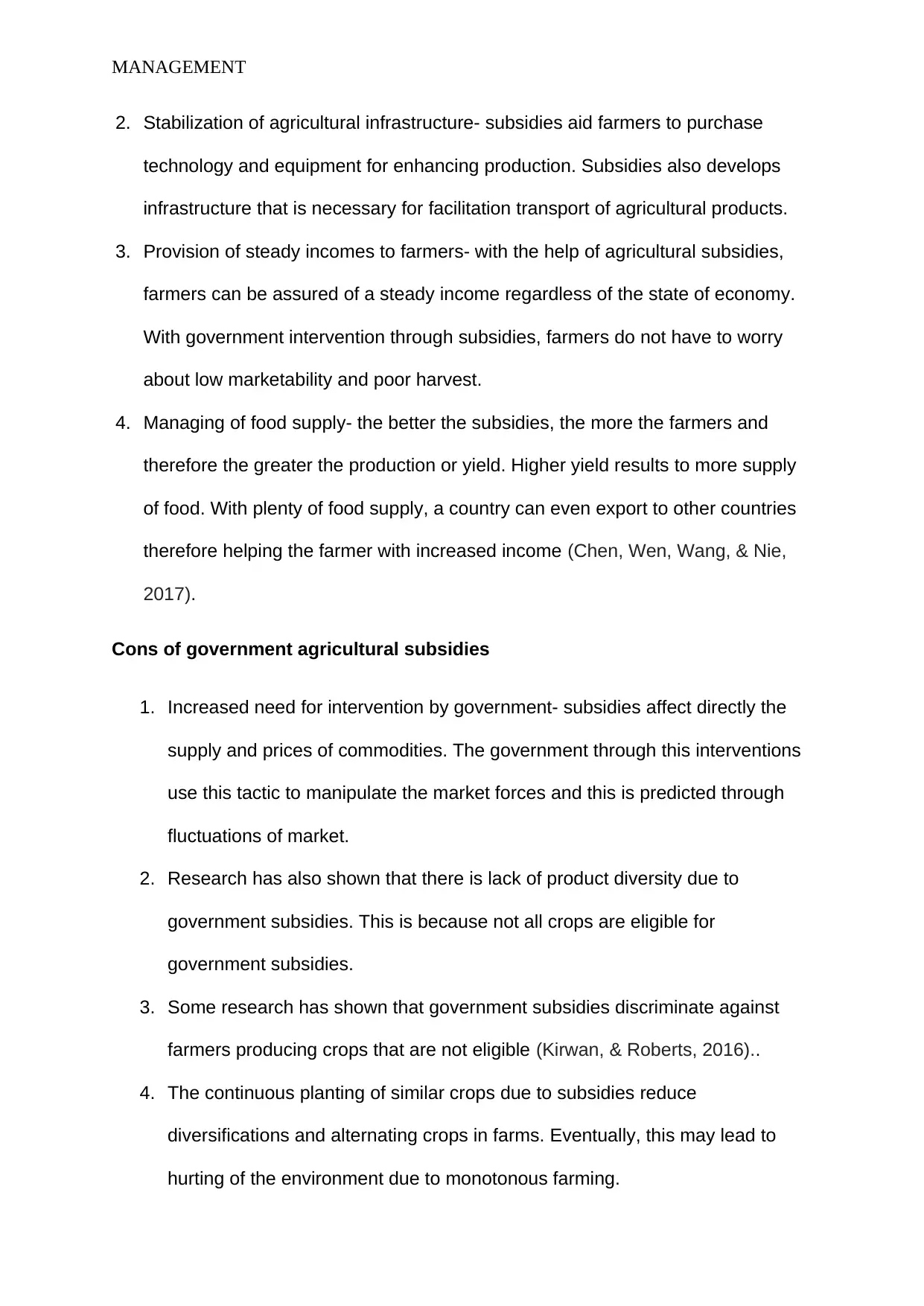

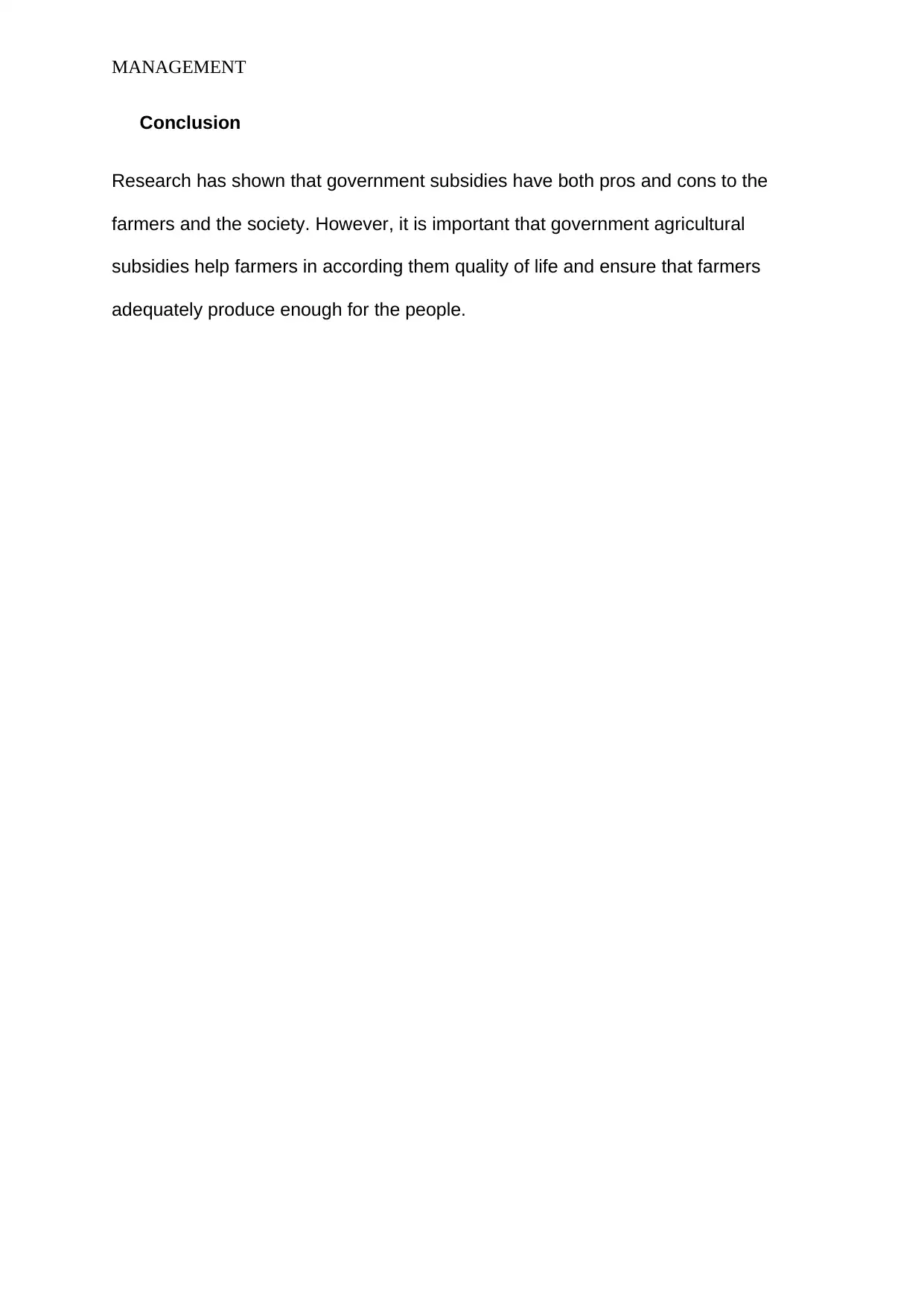
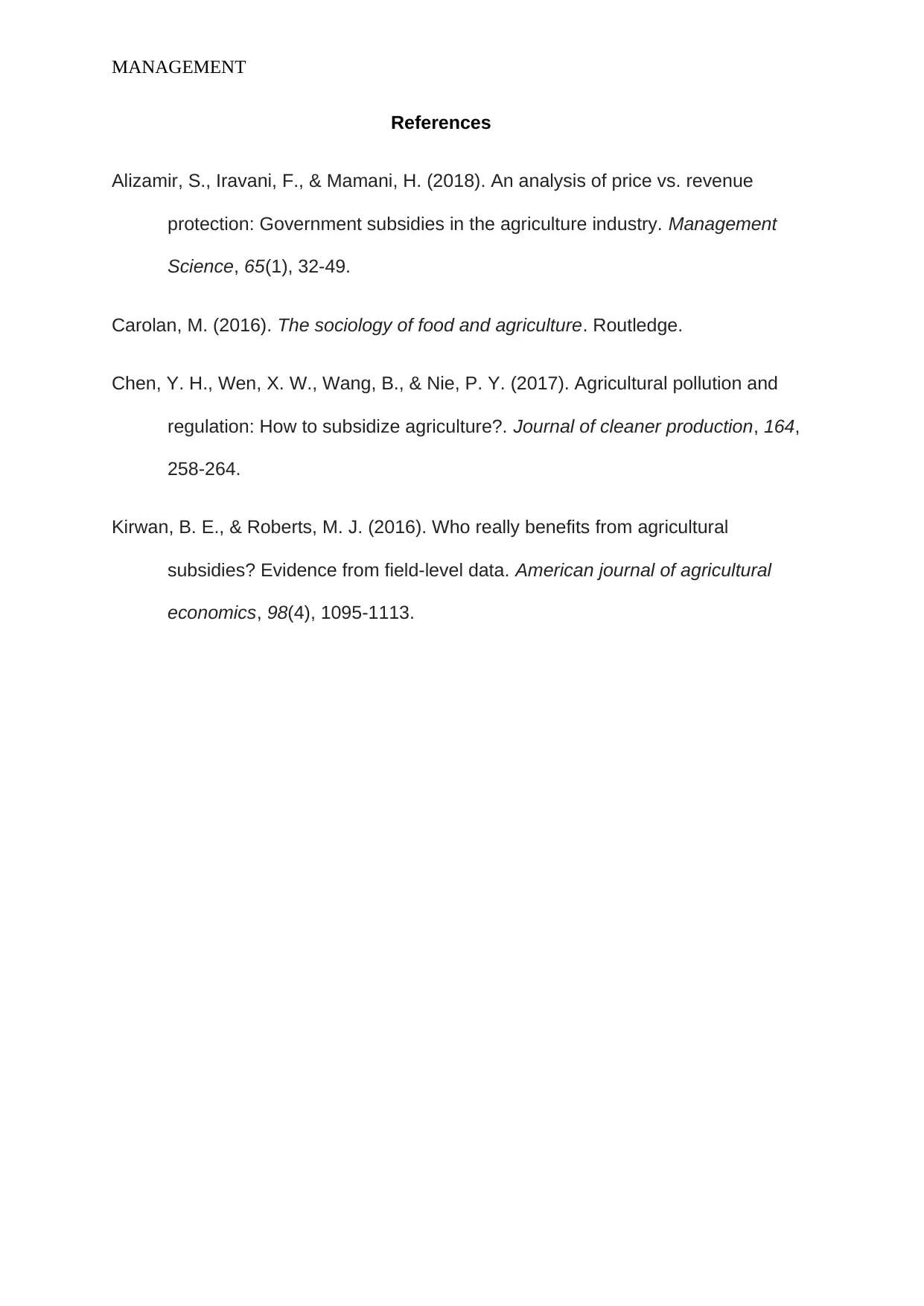






![[object Object]](/_next/static/media/star-bottom.7253800d.svg)